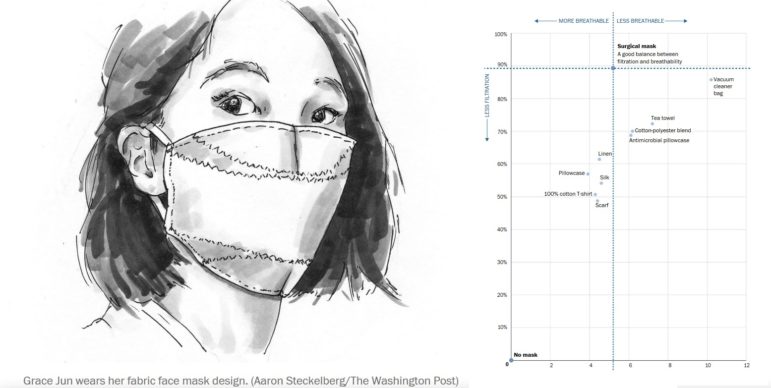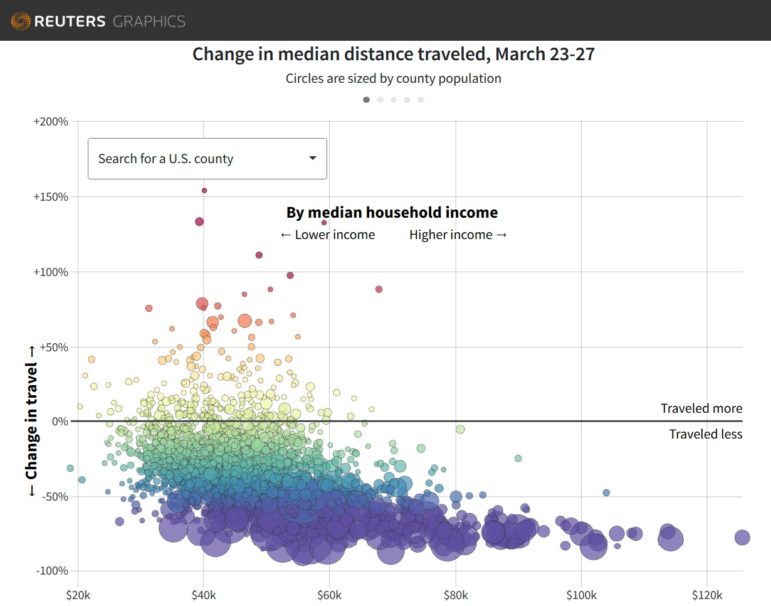Resource
Managing in the Virus Year: Planning Considerations for Small, Independent Media
As the coronavirus outbreak dents media revenues, investigative nonprofits are grappling with tough issues around income and expenses. Following GIJN’s latest webinar on strategies for financial survival, entrepreneurship expert Ross Settles details the planning considerations that could help shape these difficult decisions in the months ahead.










